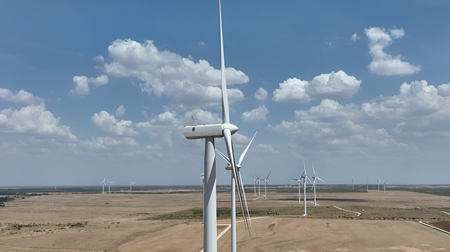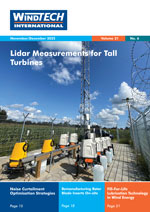Windborne to Identify Yaw Misalignments Across a Large Fleet of Wind Turbines
 According to a technical report by the National Renewable Energy Laboratory (referring to the multi-year Wind Plant Performance Prediction project), modern wind power plants in the United States were underperforming in their expected annual energy output by 3.5%–4.5%.’ [1] There are many potential causes of wind turbine underperformance. Among these are forms of underperformance caused by rotor-disrupted and/or poorly calibrated nacelle-based wind sensors that in turn feed inaccurate wind data to core wind turbine systems.
According to a technical report by the National Renewable Energy Laboratory (referring to the multi-year Wind Plant Performance Prediction project), modern wind power plants in the United States were underperforming in their expected annual energy output by 3.5%–4.5%.’ [1] There are many potential causes of wind turbine underperformance. Among these are forms of underperformance caused by rotor-disrupted and/or poorly calibrated nacelle-based wind sensors that in turn feed inaccurate wind data to core wind turbine systems.
By Itay Mor, Boaz Peled, Alex Alpert, and Guy Yakir at First Airborne, Israel








